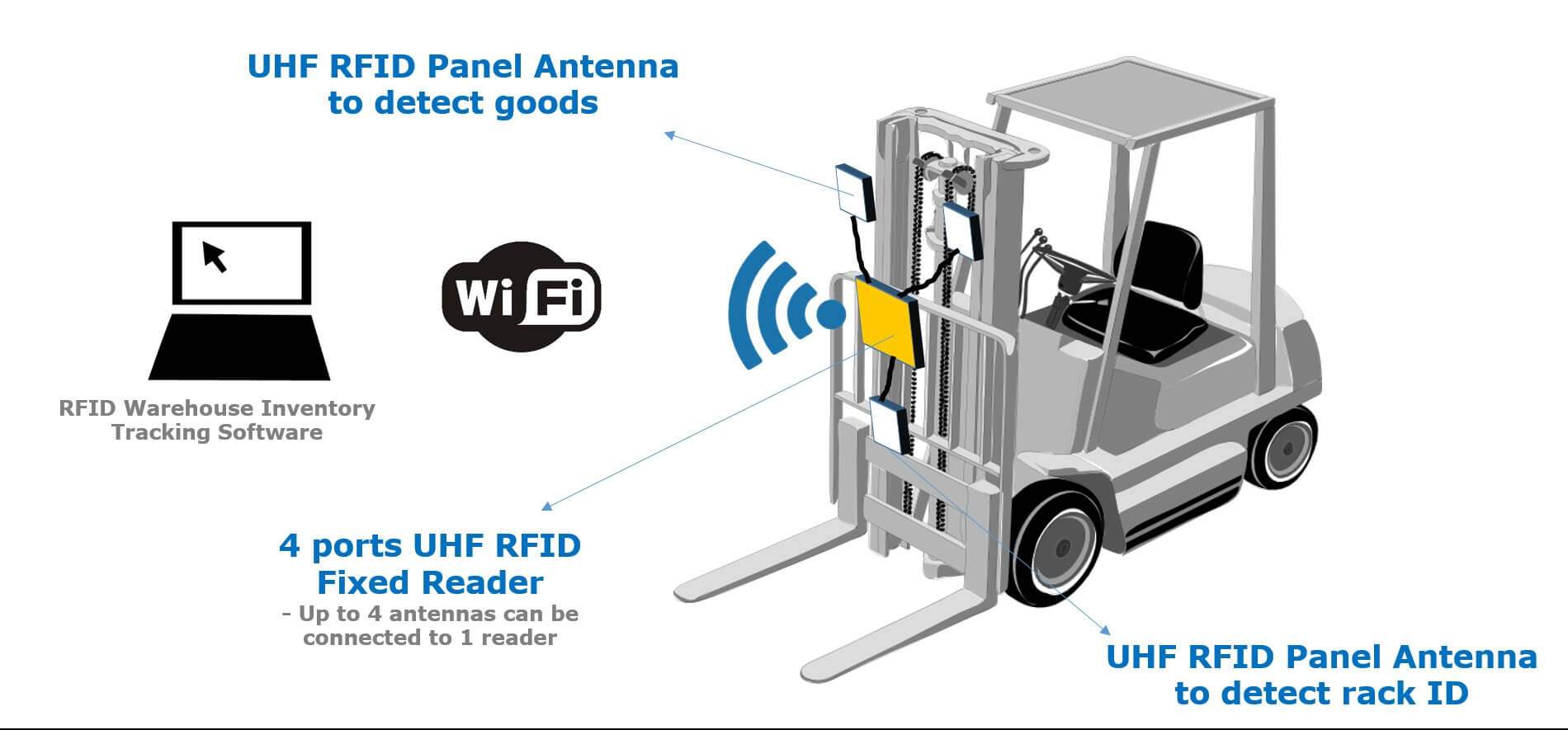How LBS/Geofencing can help you keep track of your assets and workforce

As we’ve talked in a previous article, we explained and offered an introduction to Geofencing/LBS which you can read here that will help you understand this article better. This article aims to make you acknowledge the real importance of keeping track of your assets and workforce at all times.
As we’re moving in a more technology orientated age of time and more and more things (IoT) are interconnected, we need to come together and realize the importance of keeping track with ease the essential parts of your business.
We should ask ourselves a couple of quick questions such as “Why? How? When?”.
Let’s start with the most important one which is why? The short answer for this is efficiency, profit increase and fewer expenses on the long run. In the long explanation, we’re going to explain how each section mentioned above is significantly influenced by the LBS/Geofencing systems.
Let’s start with a simple example. Take as an example a business that offers services to gas stations such as refilling gas. The usual route of a lorry begins at the refilling station in which they fill up the petrol tank; then they assign a gas station and time zone for the driver to arrive there and unload at the gas station. All said and done, right? At surface level, this might seem like a natural job, but some problems always surface up. One big issue in a company as such in eastern Europe was the fact that after unloading at the gas station, there always seemed to be less gas than initially agreed. This made the business owners to questions some of their drivers, and for good reason. Some of them actually were stopping mid-way and pumping gas out and selling it illegally! They eventually decided to hire a team to place beacons on all the hatches over their petrol tanks and programmed them to give a signal back to the HQ if they were being opened at the wrong time periods and geographical locations. By doing this, they enabled a new world of possibilities like real-time fleet supervision, better route planning and better reaction time and a profit increase with everything at a minimal investment.
Let’s try and answer the second question which is, “How?”. Again the short answer is beacons, trackers and a smart, resourceful team. The long answer doesn’t need a long explanation due to the process varying from the essential features you want to implement for your needs. But a general rule of thumbs on how to approach this is via a couple of methods: beacons/trackers that work actively via Wi-Fi/Bluetooth or Via GPS/Wi-Fi. The first way is usually used to track and monitor individual assets and the second one often is better off for keeping track of vast areas and segregate and highlight them from other geographical points on the map.
Let’s finish this and answer the last and most straightforward question, “When?”. The answer is pretty simple. Now! 2017 was a great year as of itself for IoT and geofencing services, and experts predict that 2018 will grow even more since more and more companies across different industries take a pinch at this!
I think as we’re moving into 2018 everyone should at least take the time to read up about this emerging and accessible technology that is making a massive leap as of recent times. If you’re interested in having a discussion with us about this and maybe how to work together on implementing a similar solution, be sure to let us know here, we’re more than happy to have a dialogue with you!
